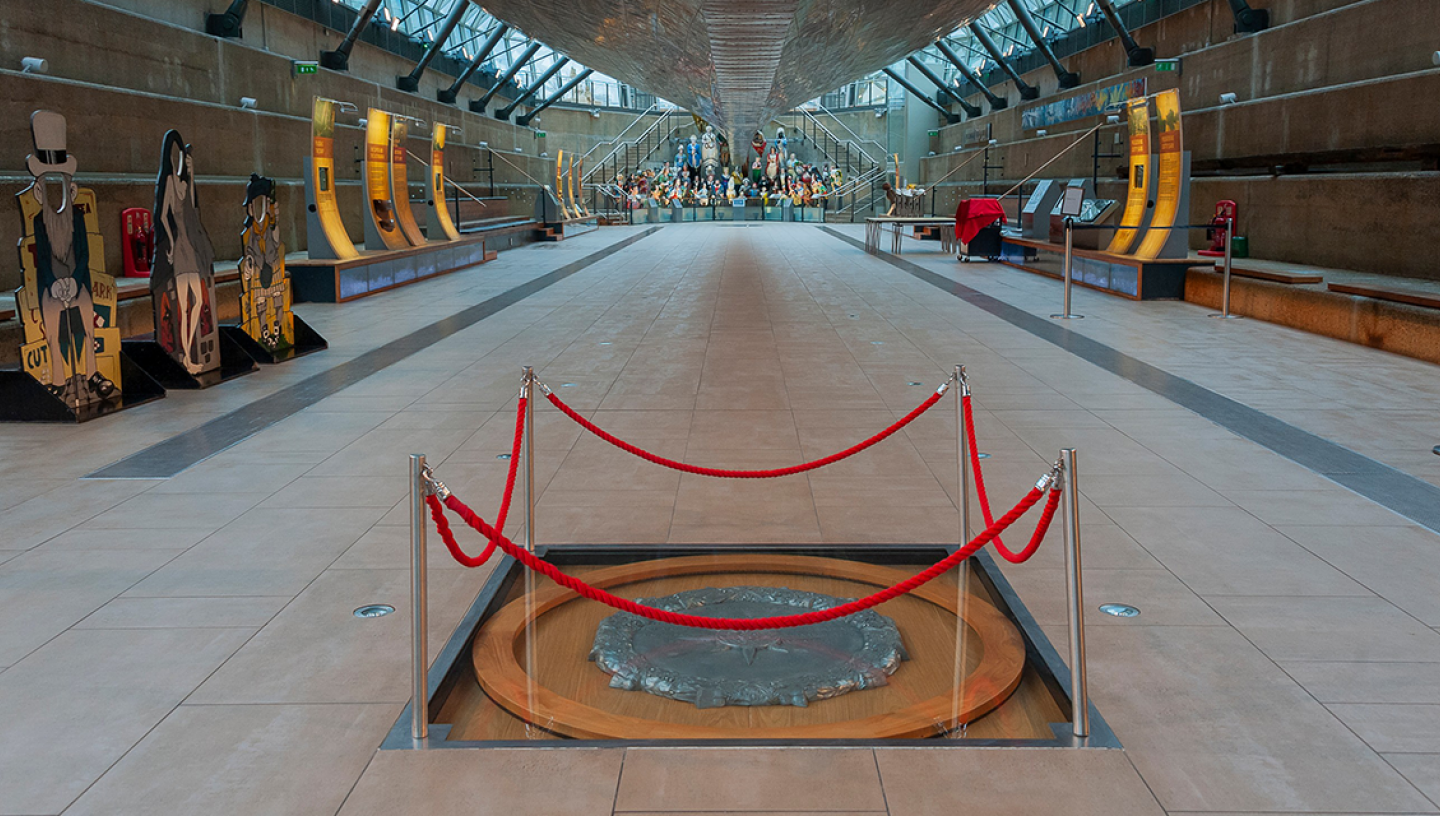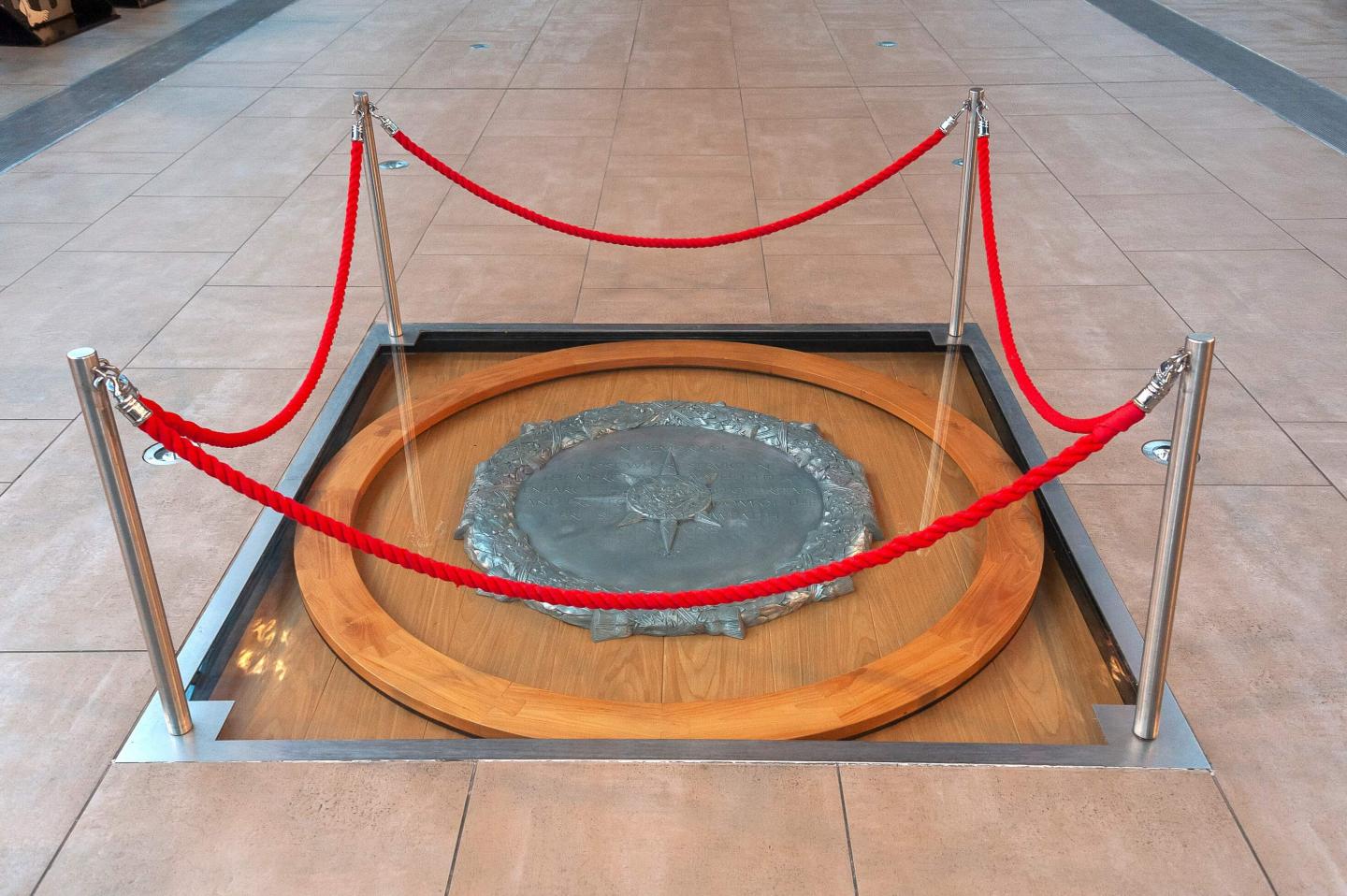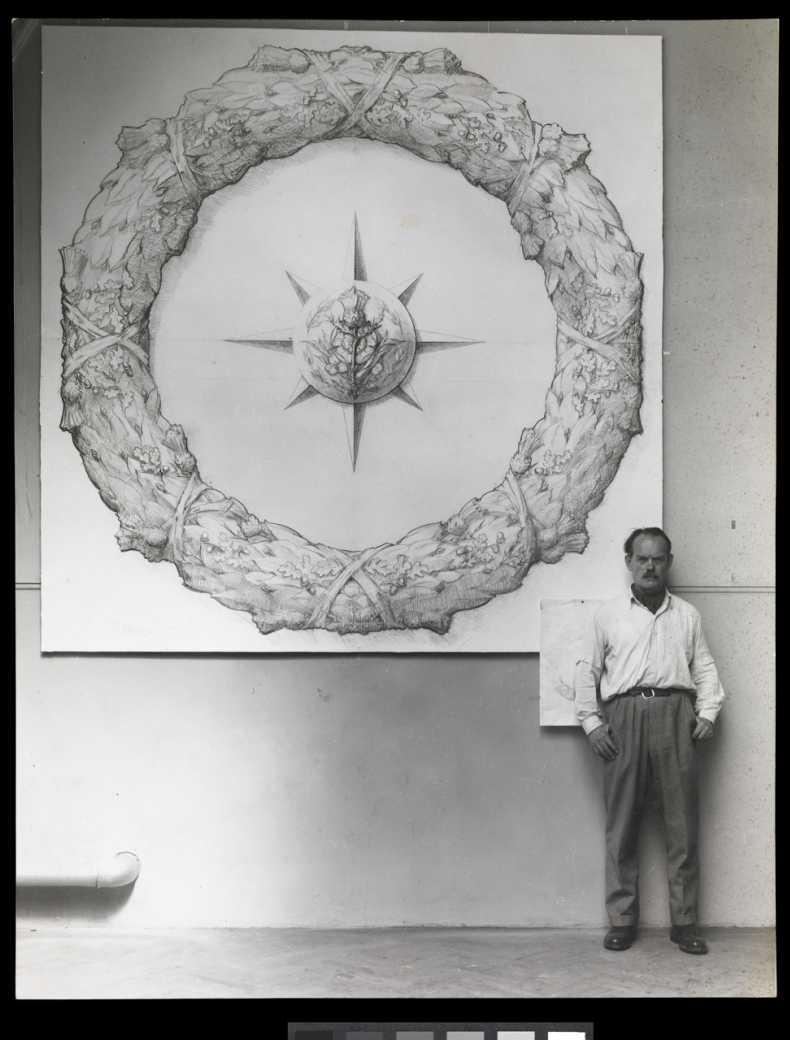
What is the Merchant Navy?
Britain’s merchant service was known as the Mercantile Marine until February 1928, when HM King George V renamed it the Merchant Navy.
The King intended this as an accolade, bringing the merchant service ‘into line with the other great Services', but it can lead to the misapprehension that there was no merchant service during the First World War.
The King’s announcement principally instituted the appointment of Master of the Merchant Navy and Fishing Fleets, conferred then on HRH The Prince of Wales.
As a hereditary title, it has been held by HM The Queen since her accession.
Why does the Merchant Navy matter to the Cutty Sark?
Cutty Sark was placed in Greenwich as a memorial to the Merchant Navy, particularly those who lost their lives in the two world wars.
Their sacrifice for their country is still little known, and it is acknowledged that the Merchant Navy’s decisive contribution in the Second World War is all too often overlooked as well.
The sculptor Maurice Lambert’s memorial to the Merchant Navy, which was restored in 2011, is displayed prominently at Cutty Sark.
Why do we remember the Merchant Navy?
After years of campaigning for full and appropriate recognition, the High Court finally recognised that Merchant Navy vessels were ‘in military service’ because of their work during the wars escorting voyages to all the theatres of activity. Those ships which did not return are now classed as war graves.

We enjoy an excellent relationship with the Merchant Navy Association and are privileged to be able to represent the ship at the Cenotaph and at Trinity House on significant dates.
What is the history of the Merchant Navy memorial?
When Cutty Sark came to Greenwich in 1954, modernist sculptor Maurice Lambert was commissioned to design a memorial to the Merchant Navy.
His final work is loosely based on the Star of India, a decoration on Cutty Sark’s stern, and incorporates the flowers of the home nations. The memorial stone was cast into the concrete of the ship’s dry dock, flanked by two inscriptions.

On the right the inscription honours ‘those whose service in the Merchant Navy helped to enlarge the livelihood of Britain and protect the freedom of the British Commonwealth of Nations.'
On the left, the stone marks the spot ‘as a tribute to the ships and men of the Merchant Navy in the days of sail’. This inscription ends with a couplet from the Poet Laureate at the time, John Masefield:
They mark our passage as a race of men
Earth will not see such ships as these again
Today the original sculpture is concealed after an extensive conservation project took place between 2006 – 2012. A digital scan of Lambert’s work was taken so that it could be recast and placed in the centre of the dock’s floor for all to see.